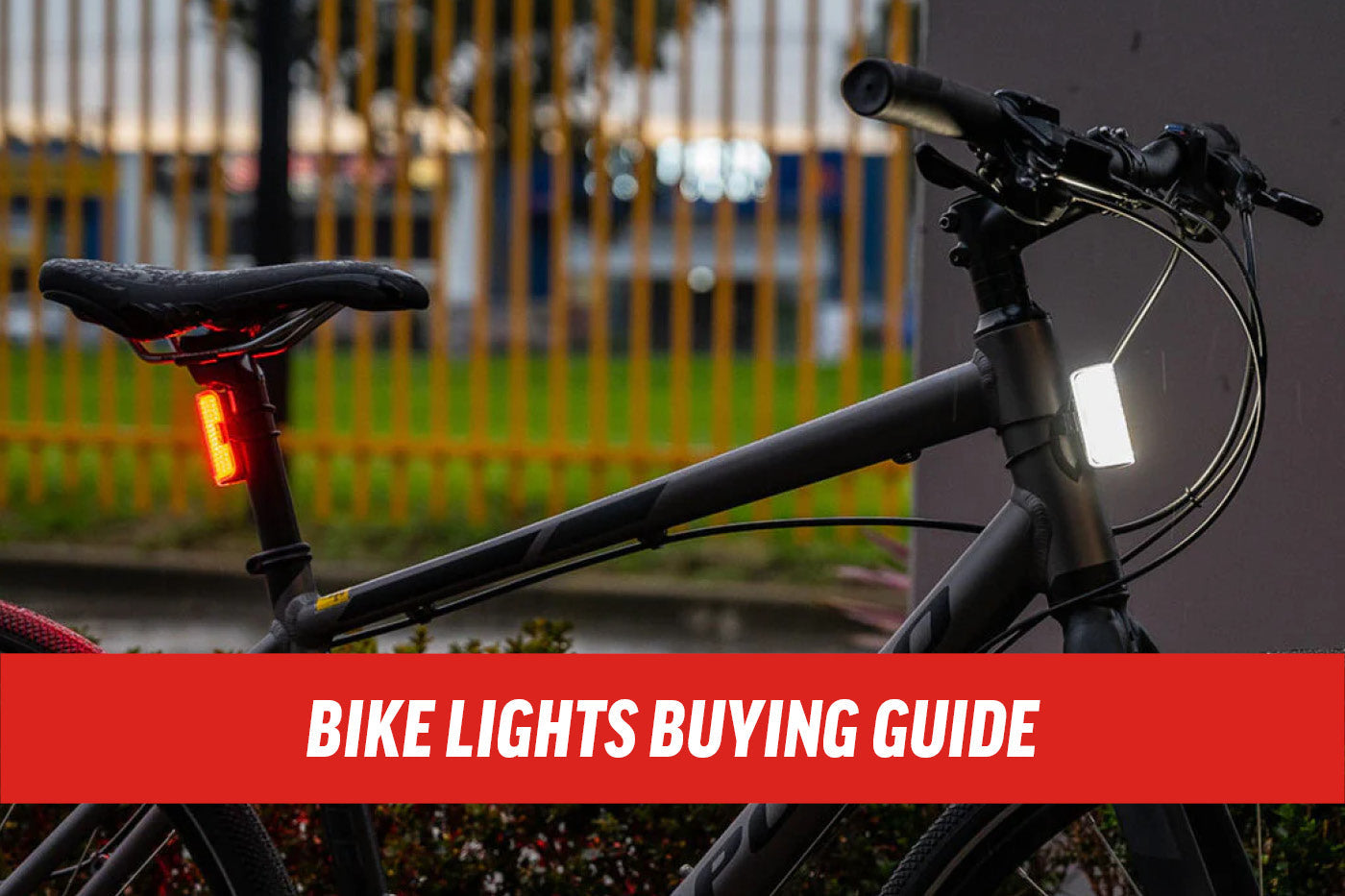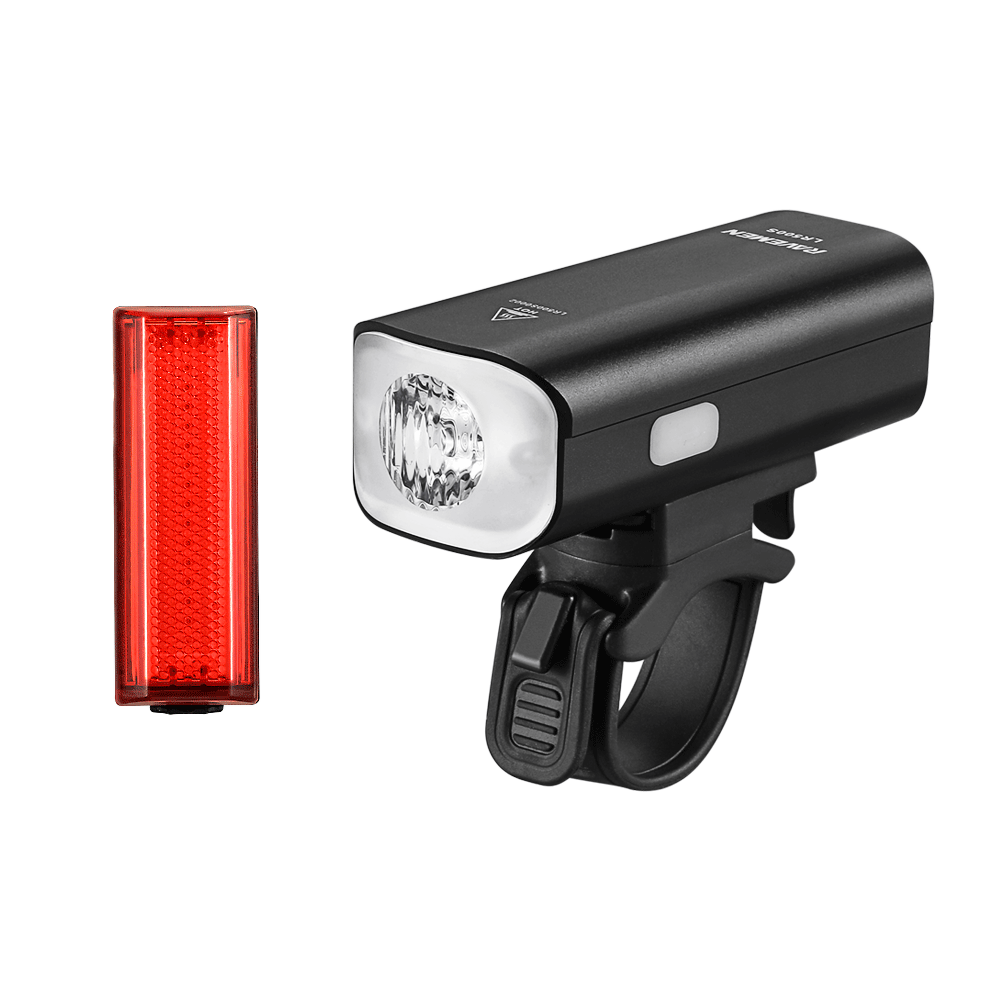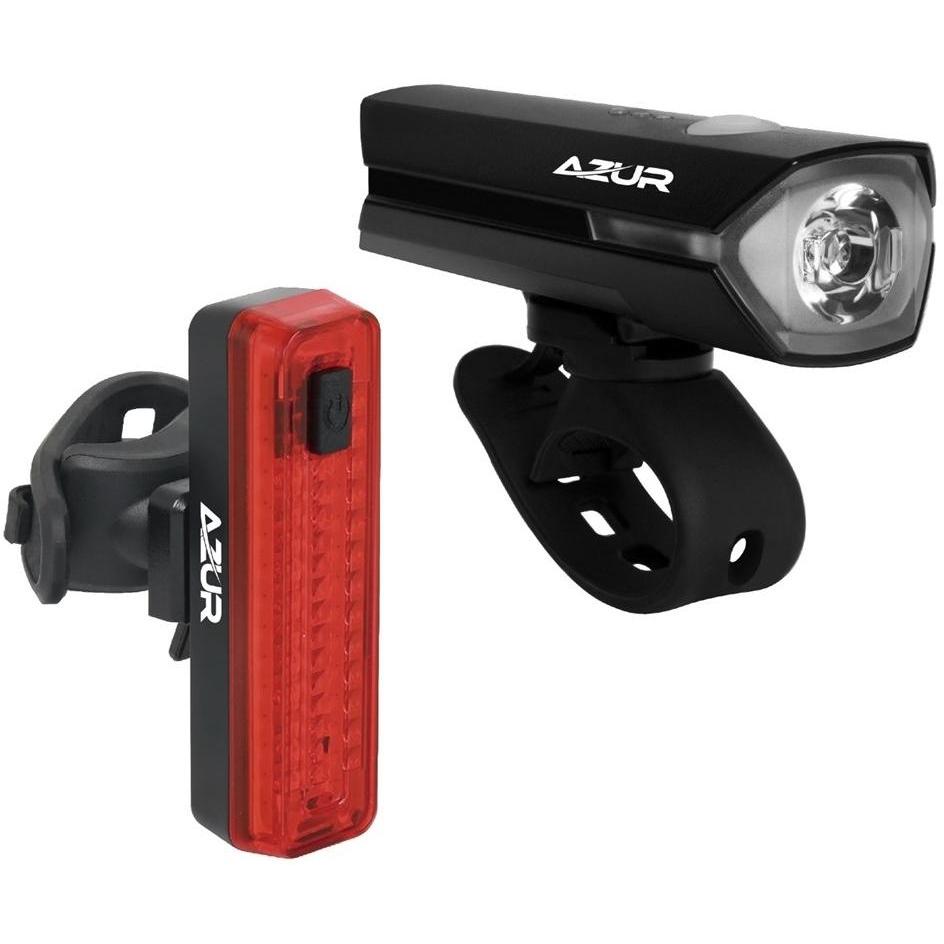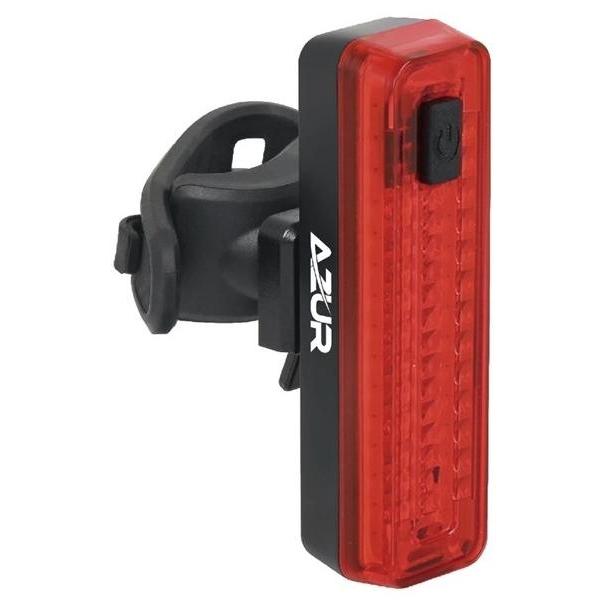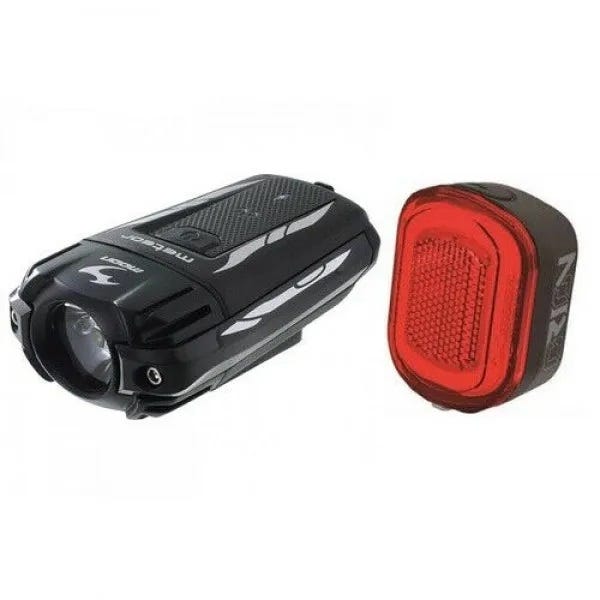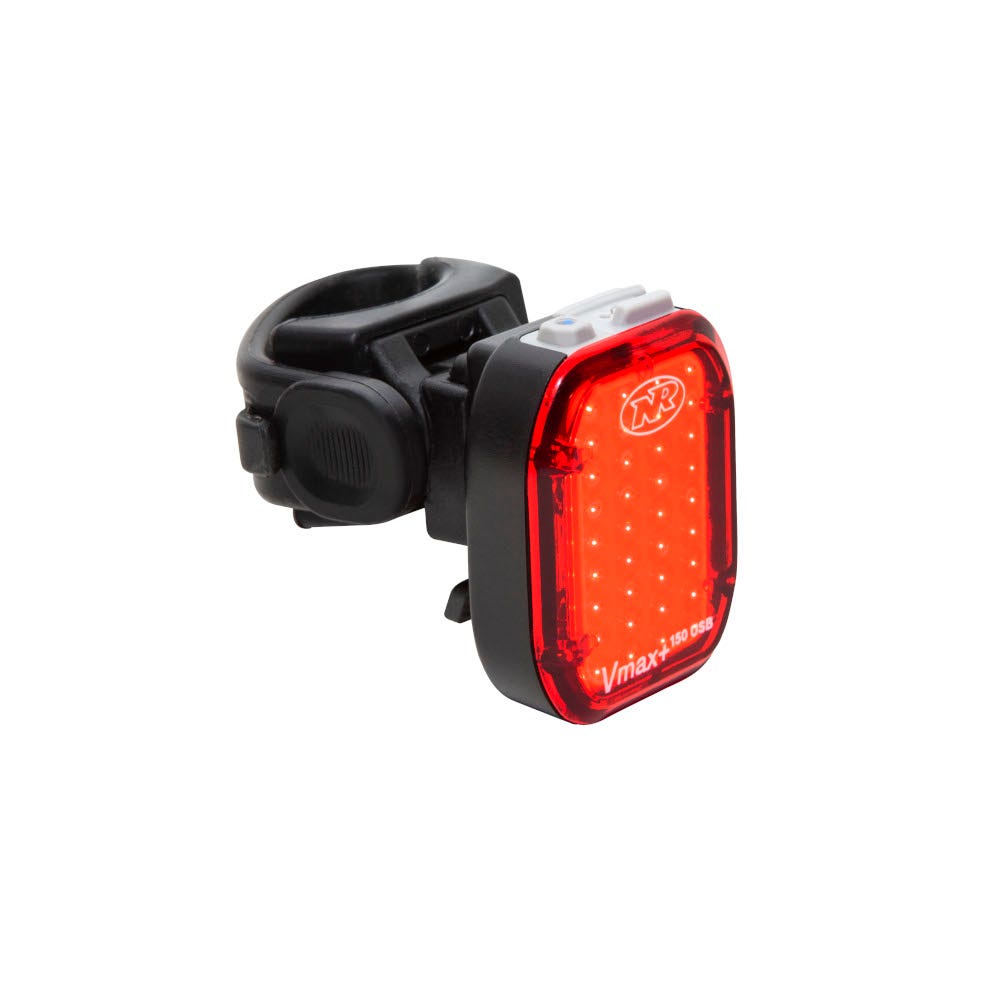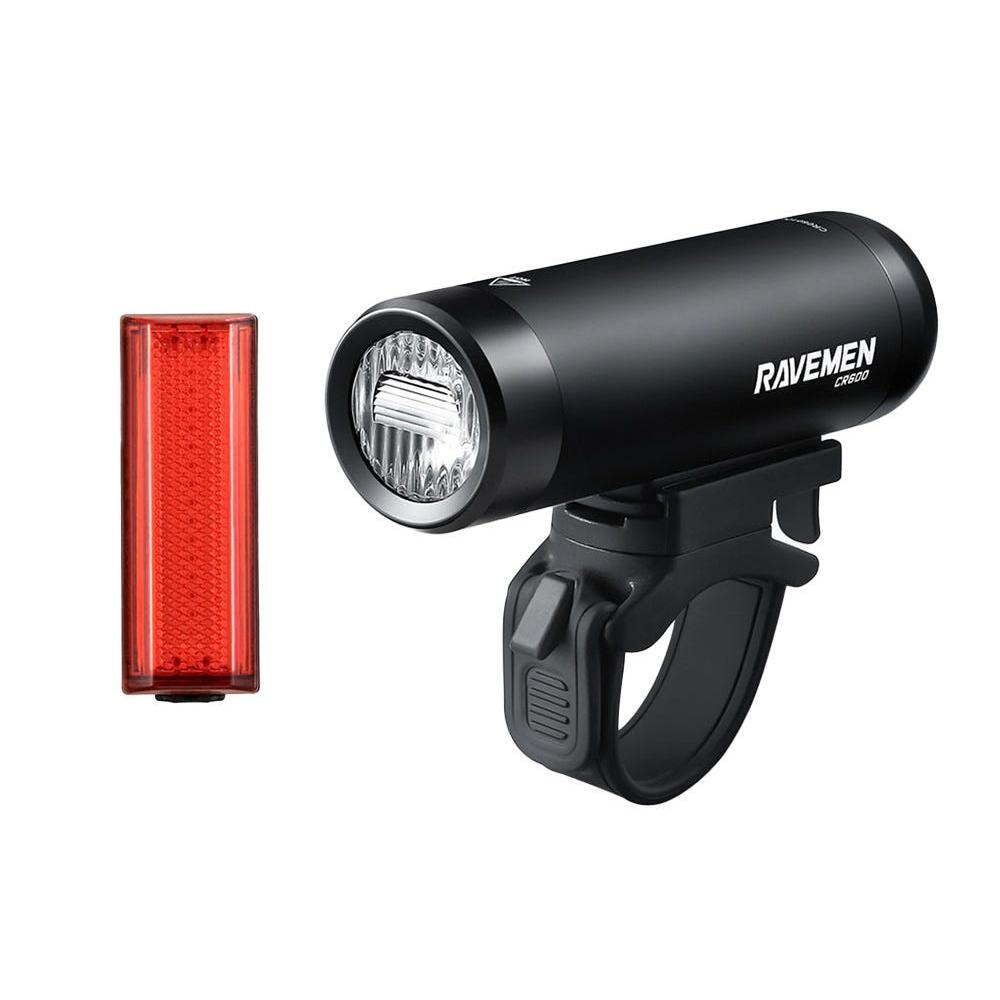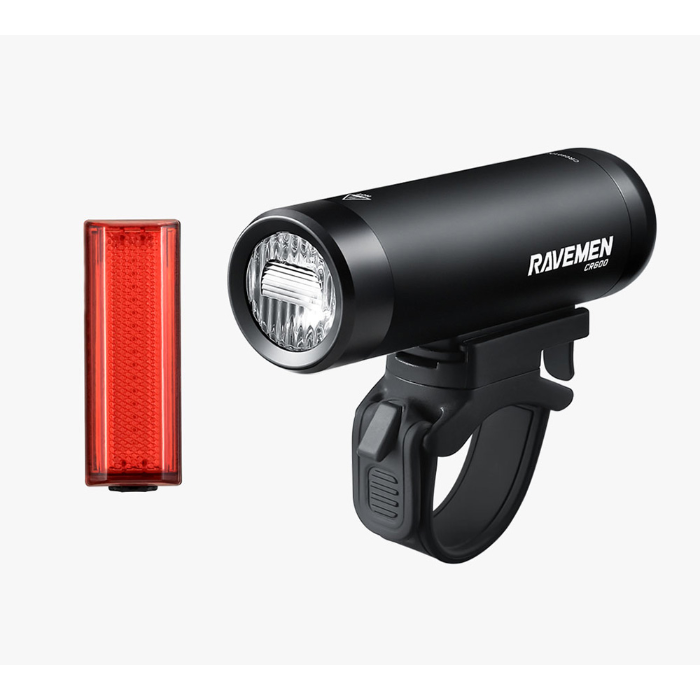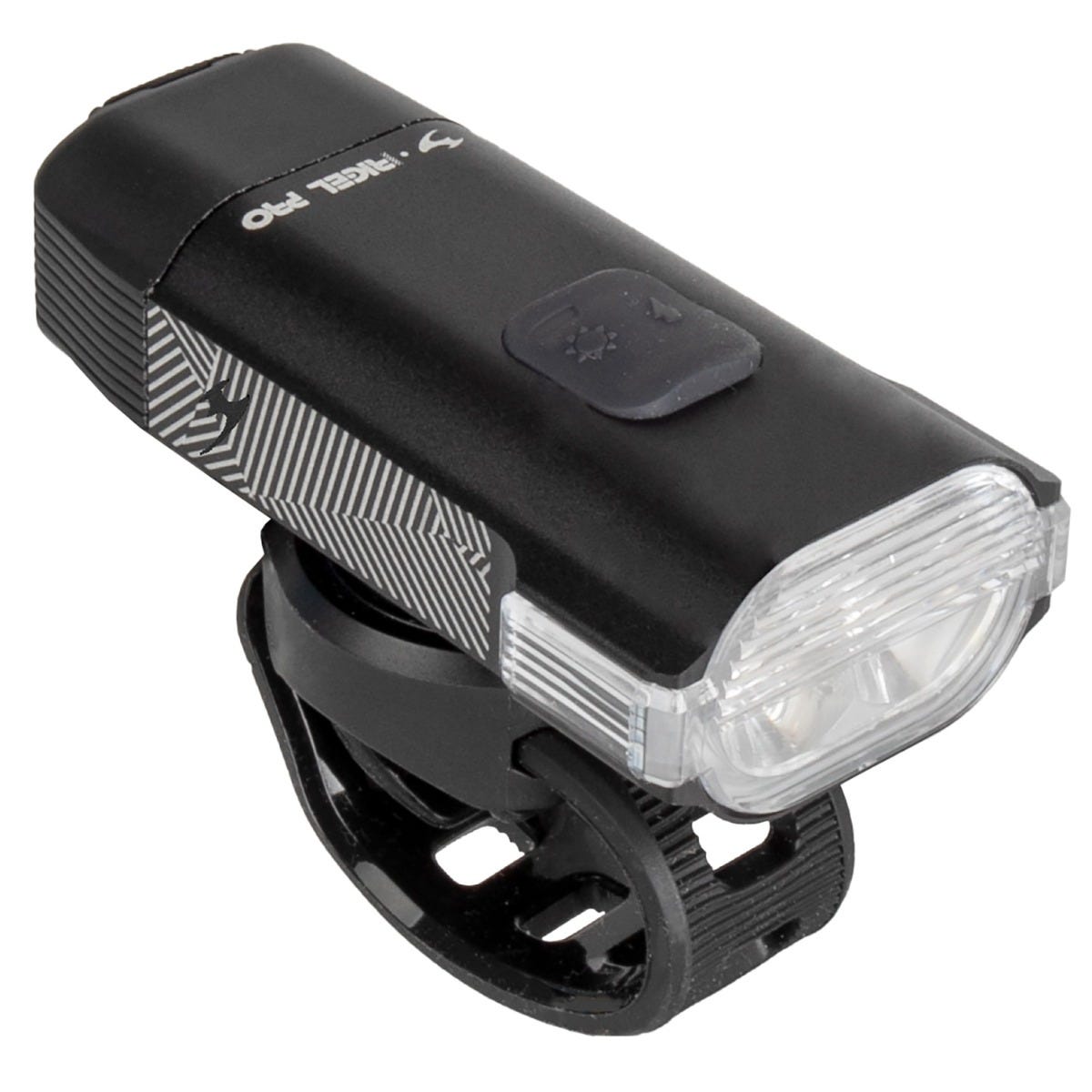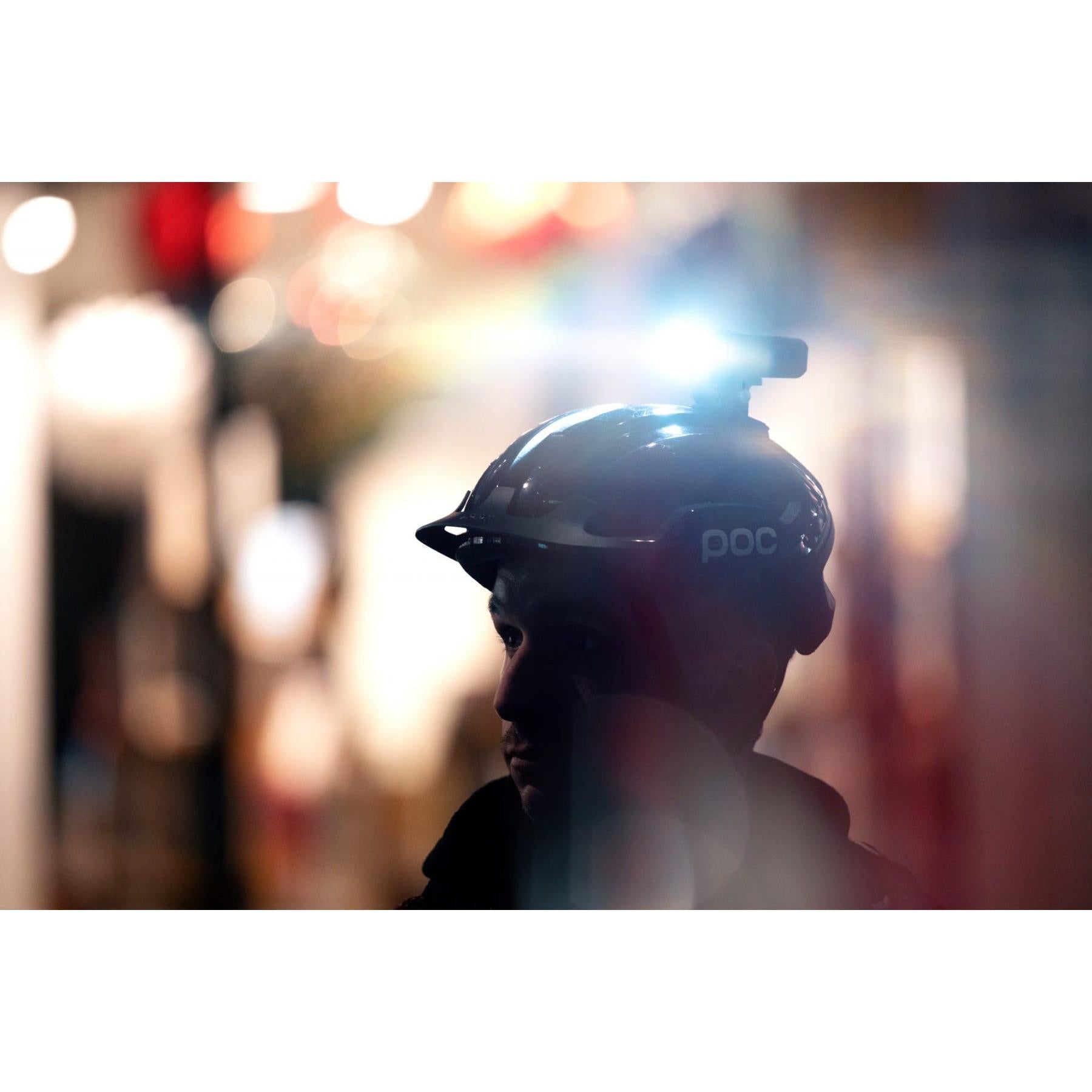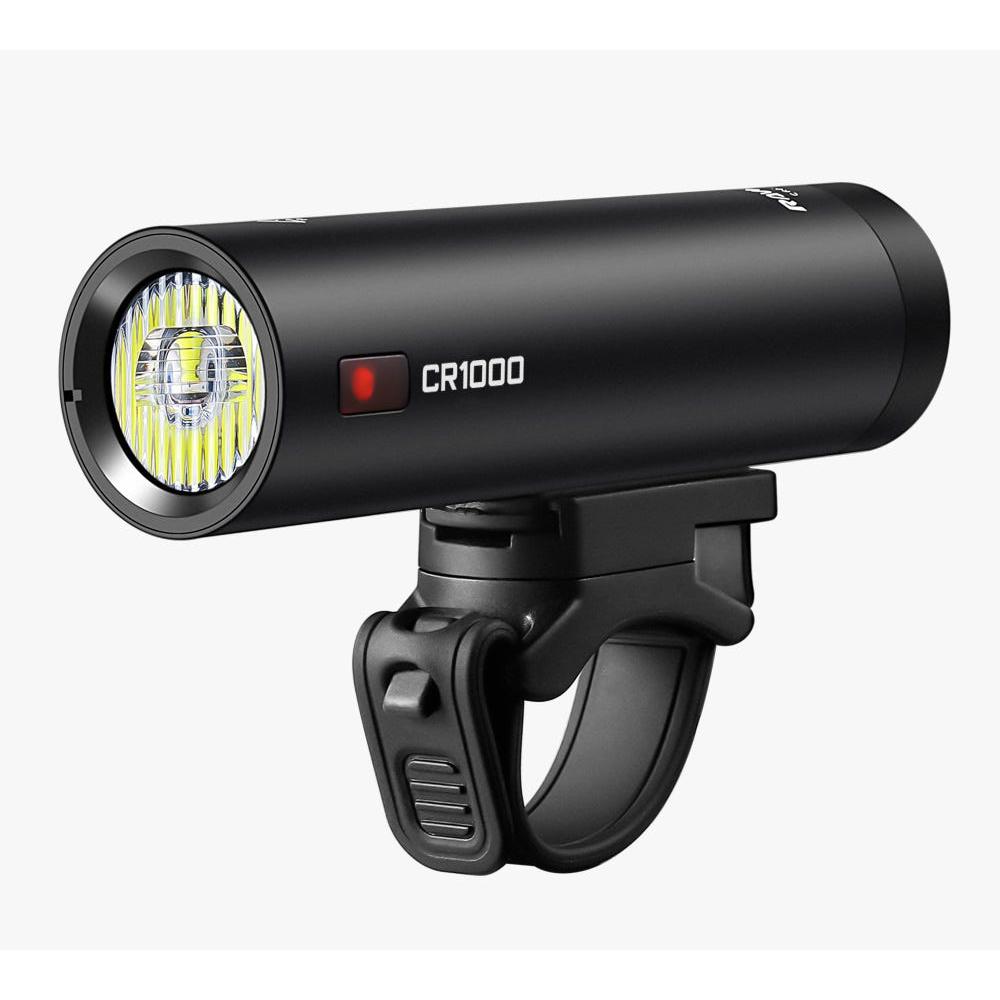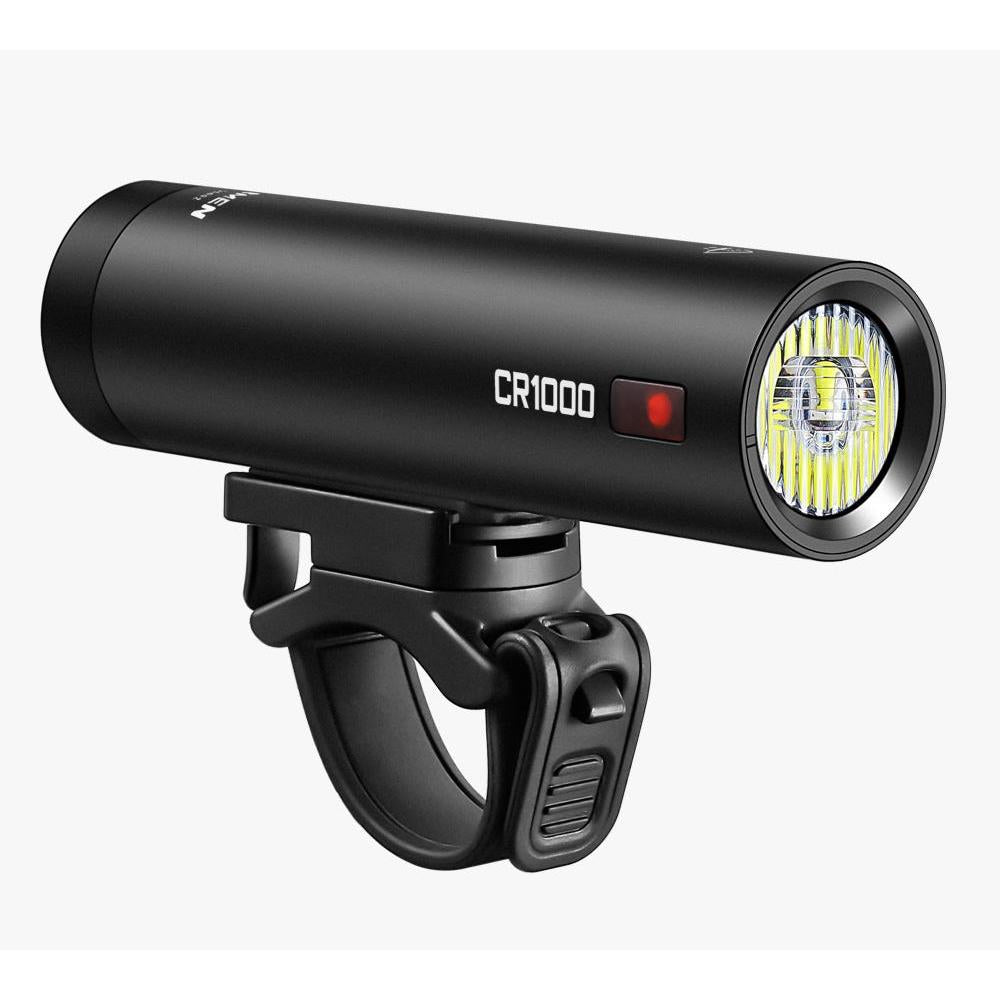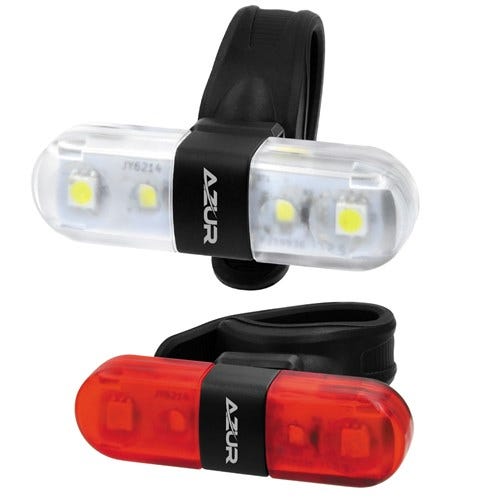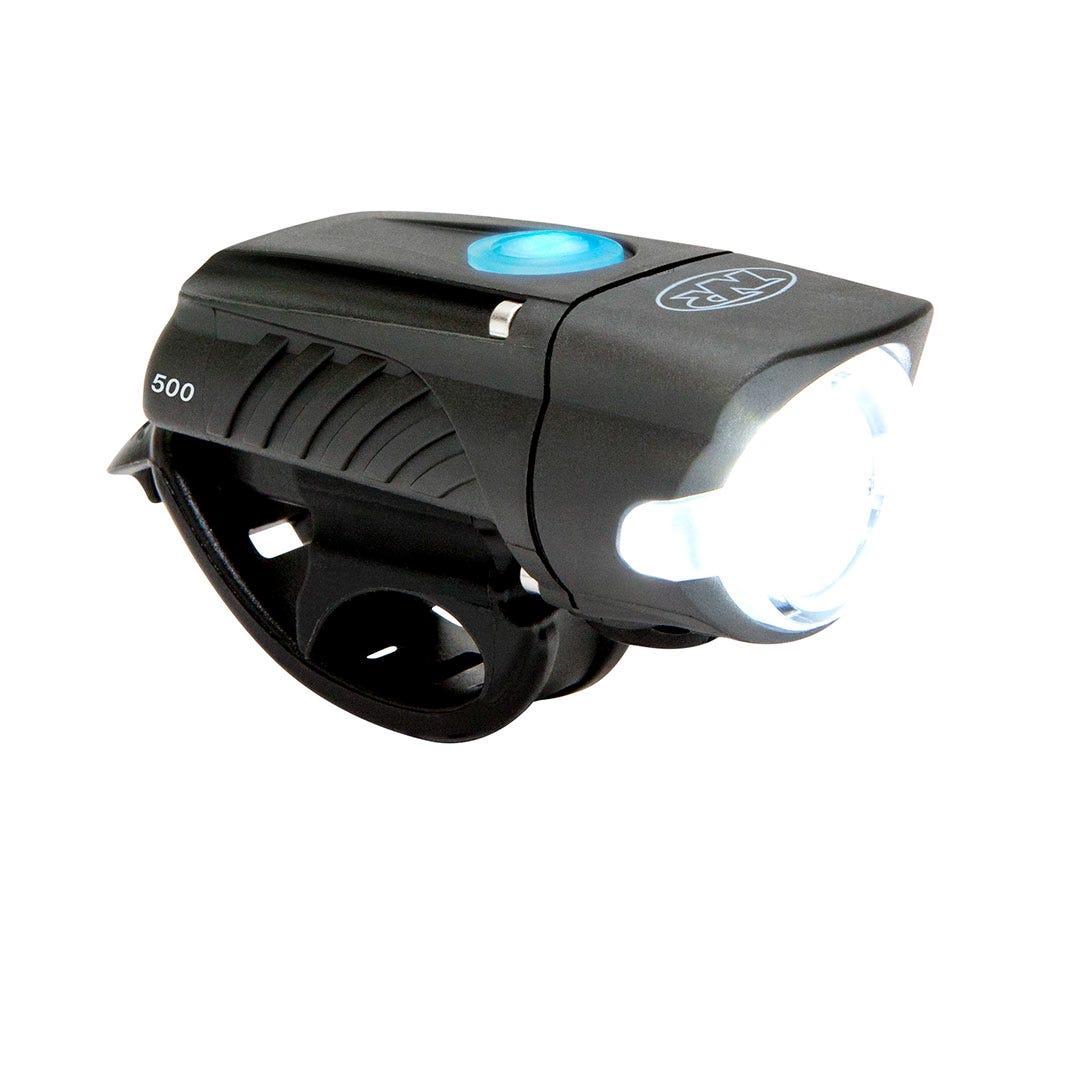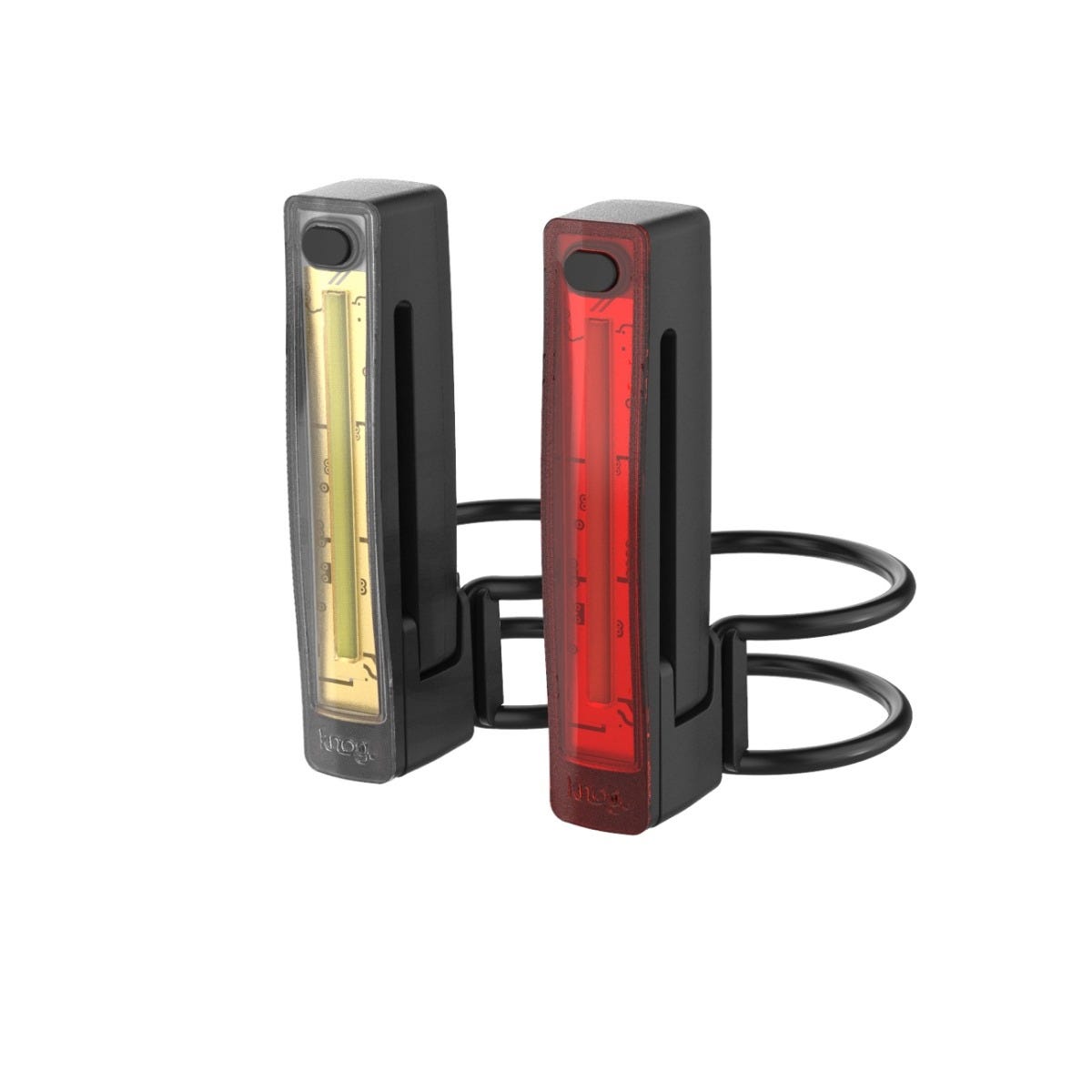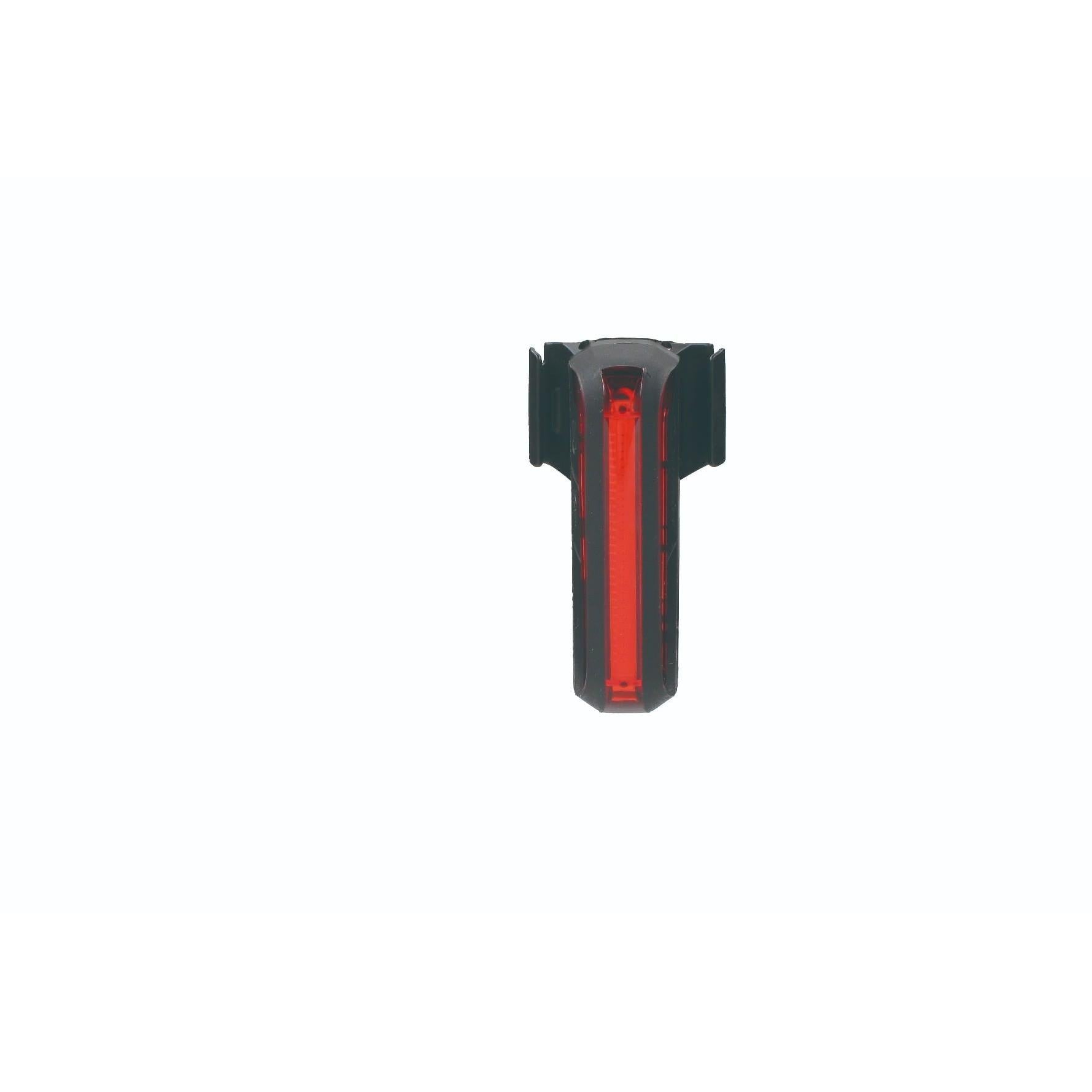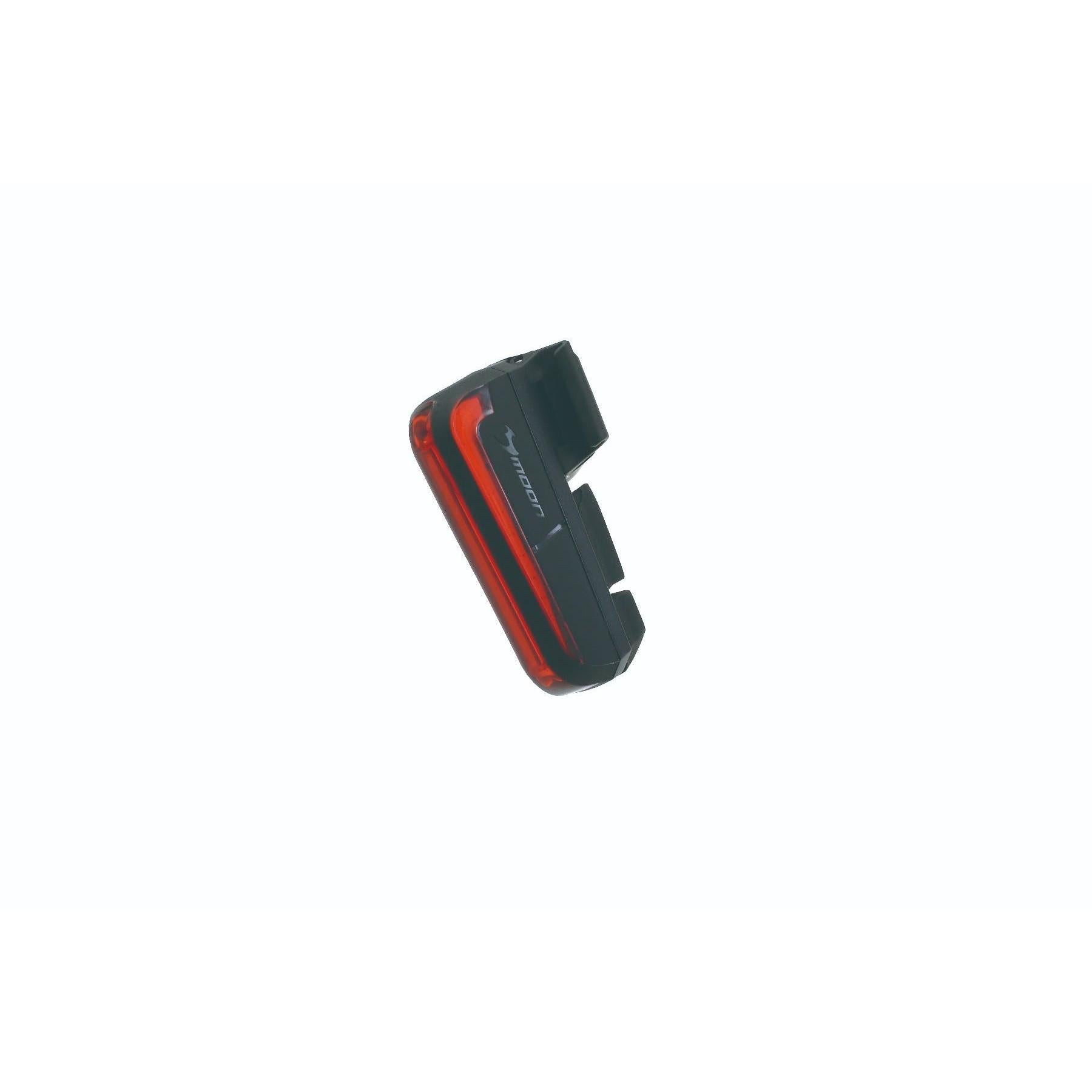Your Ultimate Guide to Choosing the Perfect Bike Lights
Whether you're a daily commuter, a weekend road warrior, or a trail-shredding mountain biker, having the right set of bike lights is crucial for your safety. Not only do they illuminate your path in low-light conditions, but they also make you visible to other road users. With a bewildering array of options on the market, choosing the right lights can be a daunting task. This guide will shine a light on the key features to consider and help you find the perfect set for your needs.
"To See" vs. "To Be Seen": Understanding the Basics
Bike lights generally fall into two categories:
"To See" Lights: These are powerful front lights designed to illuminate the path ahead of you, allowing you to see potholes, debris, and other obstacles on dark roads or trails.
"To Be Seen" Lights: These lights are designed to make you visible to other road users. They include both front and rear lights and are essential for riding in any light conditions, including during the day.
Key Features to Consider
When shopping for bike lights, keep these key features in mind:
Brightness (Lumens): The brightness of a bike light is measured in lumens. The higher the lumen count, the brighter the light. The number of lumens you need depends on your riding environment:
Well-lit urban areas (being seen): 100-500 lumens for a front light is sufficient.
Dark suburban roads or unlit bike paths (seeing): 500-1200 lumens for a front light is recommended.
Off-road or trail riding (seeing in complete darkness): 1200+ lumens is ideal. Rear lights typically have a lower lumen output, with anything from 20 to 300 lumens being effective for visibility.
Beam Pattern: The beam pattern affects how the light is distributed.
Narrow/Spot Beam: Concentrates the light in a small area, which is great for seeing far down the road at high speeds.
Wide/Flood Beam: Spreads the light over a larger area, improving peripheral vision, which is useful for navigating technical trails.
Combination Beam: Many lights offer a combination of spot and flood beams, providing a versatile option for various riding conditions.
Battery Life and Charging:
USB Rechargeable: Most modern bike lights are USB rechargeable, which is convenient and cost-effective. Check the charging time and make sure it fits your lifestyle.
Disposable Batteries: Some cheaper lights still use disposable batteries. These can be a good backup option, but they are less environmentally friendly and can be costly in the long run.
Run Time: Pay close attention to the claimed run time for different light modes. A light's run time on its brightest setting will be significantly shorter than on a flashing or lower-power mode.
Mounting Options: Your lights should be easy to mount and secure on your bike.
Handlebar and Seatpost Mounts: These are the most common mounting locations. Look for sturdy, tool-free mounts that are easy to use.
Helmet Mounts: A helmet-mounted light is a great addition for mountain bikers as it allows you to direct the light where you are looking, especially around corners.
Other Mounts: Some lights can be mounted on racks, bags, or clothing for added visibility.
Durability and Weather Resistance: If you ride in all weather conditions, look for lights with a good level of water resistance. The IP rating (Ingress Protection) indicates how well a light is protected against dust and water. An IPX4 rating is sufficient for rain, while an IPX7 rating means the light can be submerged in water.
Matching Lights to Your Riding Style
Urban Commuting: For city riding, the priority is being seen by motorists, pedestrians, and other cyclists. A front light of 100-500 lumens with a flashing mode and a bright rear flasher (20-100 lumens) is a good setup.
Road Cycling: If you're riding on unlit roads, you'll need a more powerful front light to see the road ahead. A front light of 500-1200 lumens or more, paired with a bright rear light, will keep you safe.
Mountain Biking: For trail riding at night, you'll need a powerful lighting system to navigate technical terrain. A combination of a bright handlebar-mounted light (1200+ lumens) and a helmet-mounted light for looking through turns is the ideal setup.
Conclusion
Investing in a good set of bike lights is one of the most important things you can do to improve your safety on the road or trail. By considering your riding style and the key features outlined in this guide, you can choose a lighting system that will keep you visible and illuminate your way, no matter where or when you ride. Ride safe!

